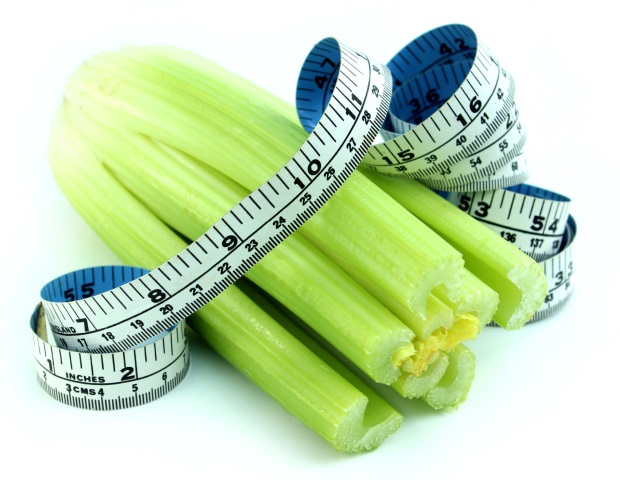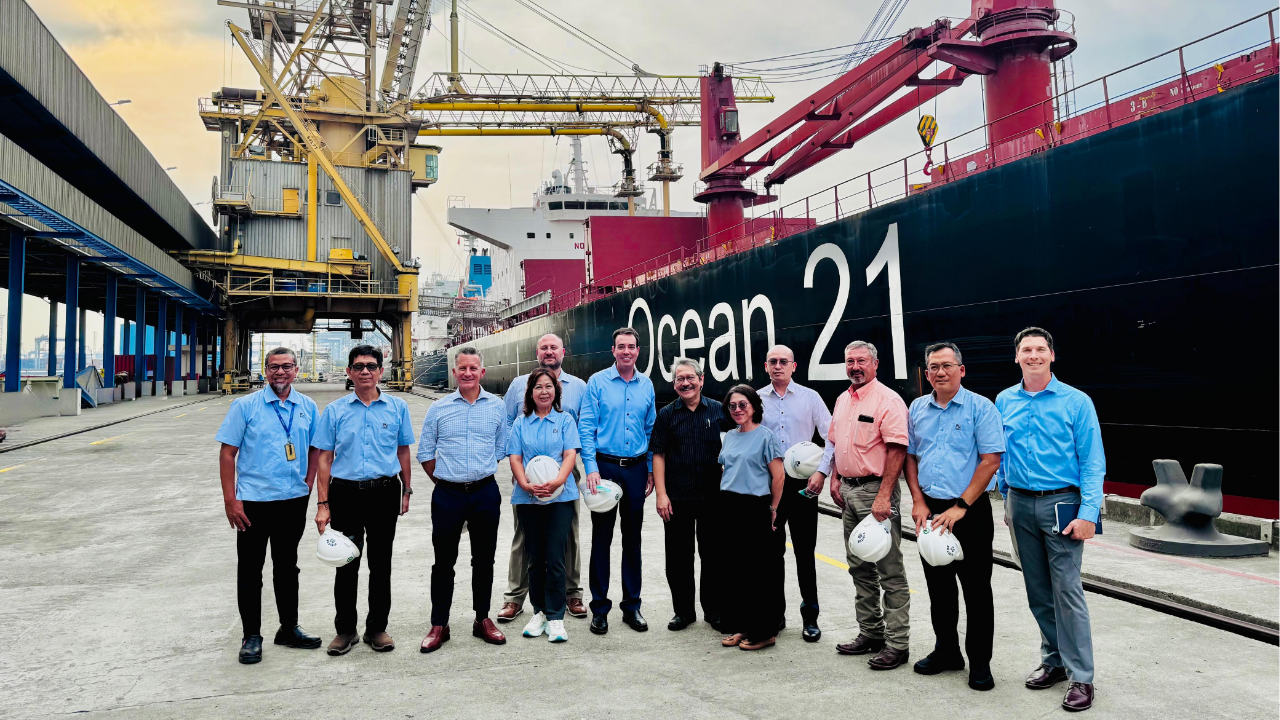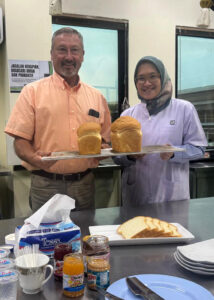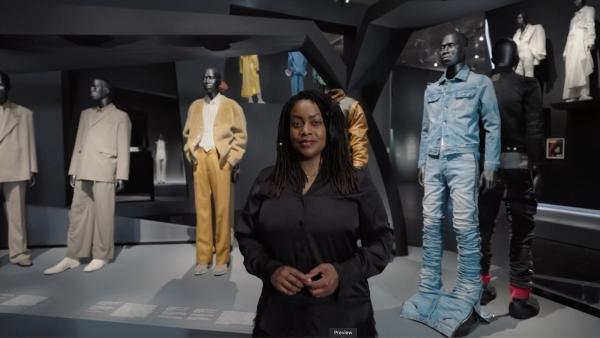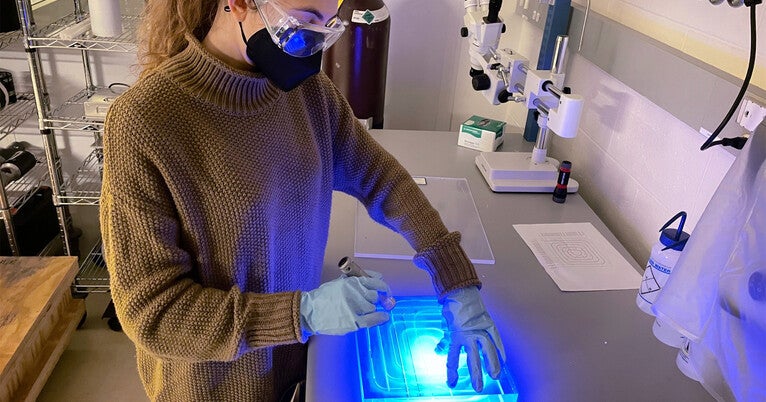Fewer cycles of platinum-based chemotherapy improved patient-reported outcomes (PROs) vs a longer duration of therapy prior to maintenance avelumab (Bavencio) without compromising treatment efficacy in patients with advanced urothelial cancer, according to findings from the phase 2 DISCUS trial (NCT06892860) presented during the 2025 ESMO Congress.1
Data from the study demonstrated that patients who received 3 cycles of chemotherapy (n = 98) experienced a mean change in The European Organisation for Research and Treatment of Cancer Core Quality of Life Questionnaire (EORTC QLQ-C30) global health status/quality of life (QOL) score of 0.0 (95% CI, –5.0-5.2) compared with –8.5 (95% CI, –14.1 to –2.9) among those who received 6 cycles (n = 104). The difference of 8.5 (95% CI, 0.7-16.3; P = .016) significantly favored the 3-cycle arm, meeting the primary end point of the study. Notably, no difference for time to deterioration in global health status/QOL score was observed between groups based on EORTC QLQ-C30 outcomes (HR 0.81, 95% CI 0.46-1.43).
“More patients [who received] 3 cycles of platinum-based chemotherapy went on to receive maintenance avelumab, which may facilitate long-term efficacy,” Enrique Grande, MD, the director of the Department of Medical Oncology at Quirónsalud in Madrid, Spain, and an adjunct professor at the University of Texas MD Anderson Cancer Center in Houston, said during the presentation. “The most important highlight coming from the DISCUS trial is that we can explore the need for [fewer] cycles of combination [chemotherapy] in the era of antibody-drug conjugates in metastatic urothelial cancer.”
Phase 2 DISCUS Trial: Key Takeaways
- The phase 2 DISCUS trial evaluated 3 vs 6 cycles of combination platinum-based chemotherapy prior to maintenance avelumab for the treatment of patients with advanced urothelial cancer.
- Patients who received 3 cycles experienced a significant difference of 8.5 points (95% CI, 0.7-16.3; P = .016) vs 6 cycles in terms of EORTC QLQ-C30 global health/QOL scores.
- Patients who received 3 cycles experienced similar OS, PFS, and response outcomes compared with those who received 6 cycles.
How was the DISCUS trial designed?
DISCUS was an adaptive, open-label study that enrolled patients with locally advanced or metastatic urothelial cancer who were eligible for any platinum-based chemotherapy.1,2 Patients needed to have not received any prior systemic therapy for metastatic disease, have an ECOG performance statis of 0 to 2, and have no contraindications for immunotherapy. Other key eligibility criteria included being at least 18 years old, having measurable disease per RECIST 1.1 criteria, and having adequate hematologic and organ function.2
Eligible patients were randomly assigned 1:1 to receive 3 or 6 cycles of gemcitabine plus cisplatin/carboplatin.1 Patients in both arms also received maintenance therapy with avelumab for up to 2 years. Stratification occurred based on investigators’ choice of frontline chemotherapy (cisplatin vs carboplatin) and the presence of liver metastases (yes vs no).
The primary end points were changes in PROs per the EORTC QLQ-C30 global health status/QOL scale and overall survival (OS). Secondary end points included other PROs, safety and tolerability, progression-free survival (PFS), overall response rate, and best overall response.
At baseline, the median age in the overall population (n = 267) was 71 years (range, 44-91). Most patients were 65 years or older (73%), male (72%), did not have liver metastases (81%), had an ECOG performance status of 0 (73%), and received cisplatin plus gemcitabine (59%).
What were the additional efficacy and safety data?
Preliminary OS data showed that the median OS values were similar between the 3- and 6 cycle arms, at 18.92 (95% CI, 12.81-not reached [NR]) and 18.86 months (95% CI, 13.93-NR), respectively (HR, 1.15; 95% CI, 0.72-1.86; P = .56). Similarly, the median PFS was 8.0 months (95% CI, 6.70-11.89) vs 9.0 months (95% CI, 6.87-12.71), respectively (HR, 1.053; 95% CI, 0.725-1.527; P = .788).
Responses were also similar between the 2 arms. Response-evaluable patients who received 3 cycles of chemotherapy (n = 95) experienced a complete response (CR) rate of 13% and a partial response (PR) rate of 48%. The respective CR and PR rates in the 6-cycle arm (n = 100) were 13% and 46%.
In terms of safety, grade 1/2 treatment-related adverse effects (TRAEs) occurred at respective rates of 37% and 46% in the 3- and 6-cycle arms. Serious adverse effects (AEs; 35% vs 37%), grade 5 AEs (2% vs 0%), and discontinuation of chemotherapy due to TRAEs (2% vs 10%) were also reported. In the overall population (n = 1197), the most common any-grade TRAEs included anemia (9%), neutropenia (9%), nausea (8%), and fatigue (6%).
“We cannot claim noninferiority [in terms of OS] because of the trial design, [however] OS is still evolving. We will need more data with longer follow-up,” Grande said
Disclosures: Grande received honoraria for speaker engagements, advisory roles, or funding of continuous medical education from AbbVie, Adium, Advanced Accelerator Applications, Astellas, AstraZeneca, AVEO, Bayer, Bristol Myers Squibb, Clovis-Oncology, Dr. Reddy’s Eisai, Esteve, Eusa Pharma, GSK, IMVAX, IPSEN, ITM-Radiopharma, Janssen, Lilly, Merck KGaA, MSD, Novartis, Palex, Pfizer, Raffo, Roche, Rovi, and Tecnofarma. He received research grants from Astellas, AstraZeneca, IPSEN, Merck KGaA, Nanostring Technologies, Pfizer, and Roche. He has leadership roles in ENETS, ESMO, GETNE, Grupo Centro Tumores Genitourinarios, and GUARD consortium. He has stock or ownership interst in Amarin Corp, Bicycle Therapeutics, and Phamamar S.A.
References
- Grande E, Hussain S, Climent MA, et al. DISCUS: a phase II study comparing 3 vs 6 cycles of platinum-based chemotherapy prior to maintenance avelumab in advanced urothelial cancer.Presented at: 2025 ESMO Congress; October 17-25, 2025; Berlin, Germany. Abstract LBA109.
- Comparing 3 vs 6 cycles of platinum-based chemotherapy prior to maintenance avelumab in advanced urothelial cancer (DISCUS). ClinicalTrials.gov. Updated March 25, 2025. Accessed October 21, 2025. https://clinicaltrials.gov/study/NCT06892860
